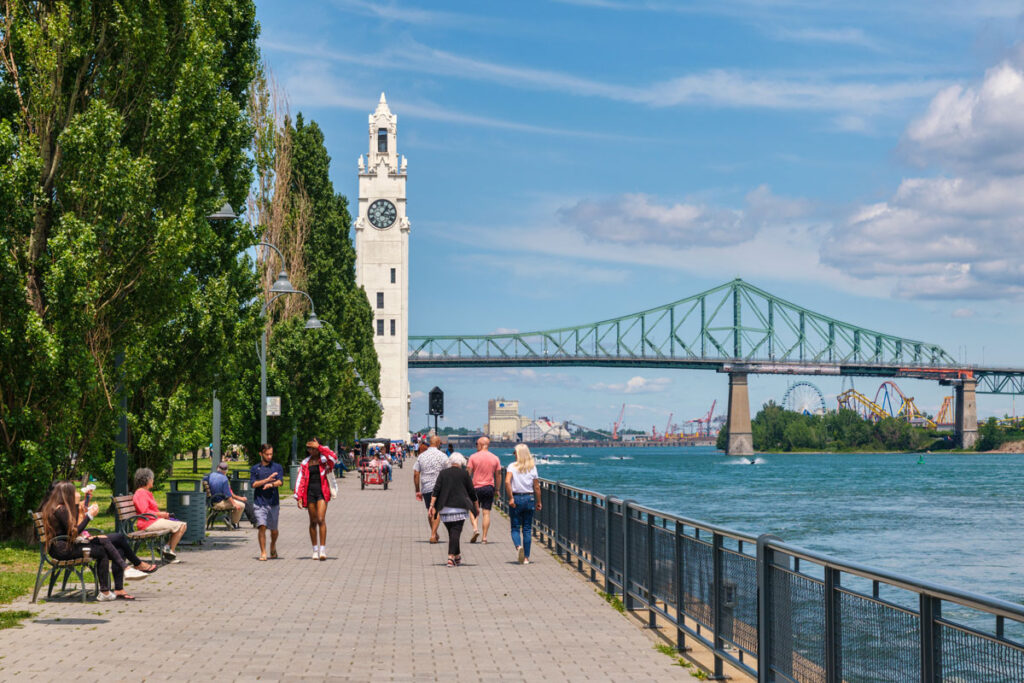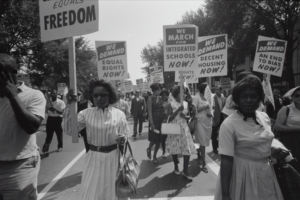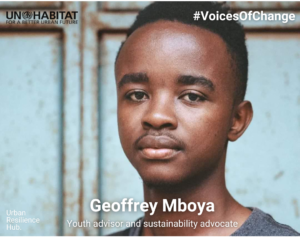Public spaces shape how we live. They can also become a driving force for inequality. When public spaces are taken from cars and given back to people, they reach their full potential to provide better accessibility to green spaces and good air quality. They become places where people stay active and connect, economies flourish, and creativity flows. Public spaces planned with a people-centred approach enable inhabitants to feel healthy, secure and part of a community.
How can we ensure public space reflects the needs of communities?
According to the latest Metropolitan comparative studies on Rethinking public space for a sustainable metropolitan future, there are five key steps to take into account:
- Develop a common vision through public participation that fosters discussion around the places communities inhabit—ensuring that vulnerable communities are well represented.
- Improve liveability and promote healthier environments and lifestyles for all with spaces that encourage play, exercise, relaxation and socialisation.
- Promote happiness and belonging to the city by ensuring a sense of ownership, building meeting places and providing resting spaces for cultural activities.
- Create a network of public spaces for different needs and uses that become different meeting points within walking distance, forming as a whole a wider, resilient network of green spaces and good air quality.
- Anticipate change and transform to guarantee well-being by reevaluating and understanding how inhabitants use the space and how the public space adapts to their needs.
Community, climate and economic resilience are at the heart of people-centred public spaces. The cases of the Barcelona Metropolitan Area, Brussels-Capital Region, the cities of Medellín, Montreal, and the Seoul Metropolitan Government presented in the comparative study contribute to building urban resilience. To a greater or lesser degree, all cases contributed to the diversification of the urban economy, the reduction of emissions and the empowerment of people to stay active and connect —restoring unused spaces, reducing space for motorised traffic, and increasing green spaces and meeting points.
Read the complete comparative study on metropolis.org






